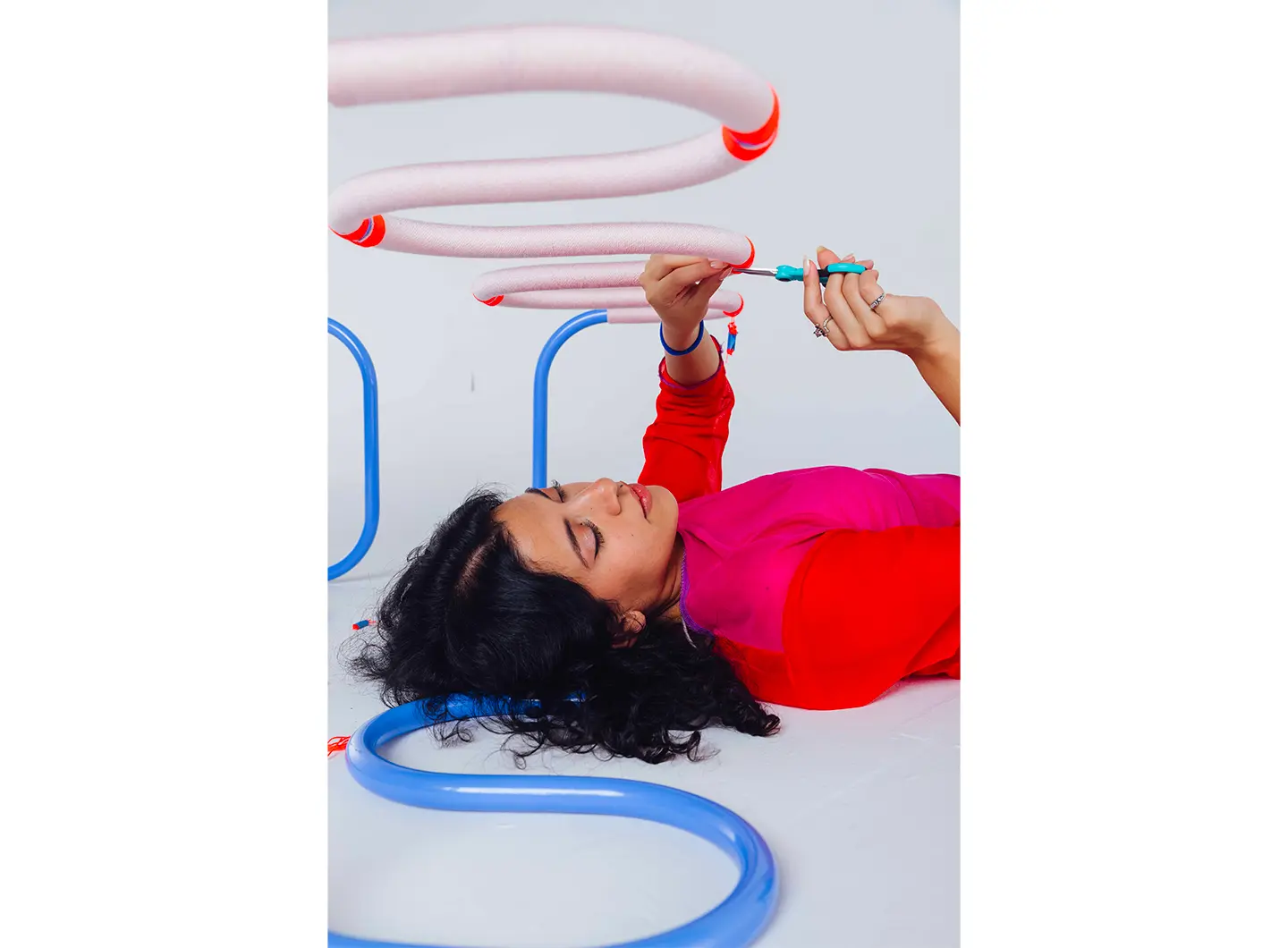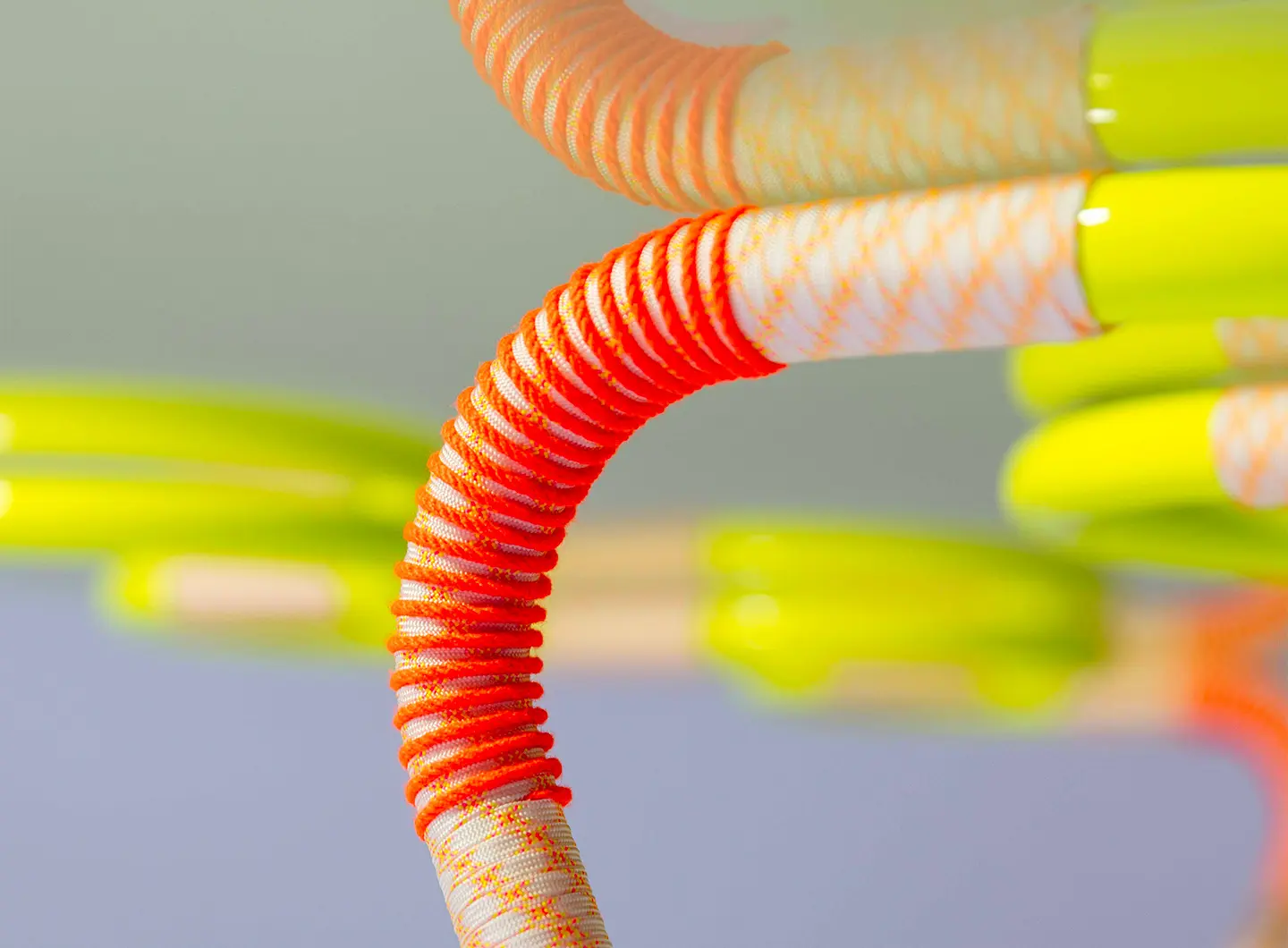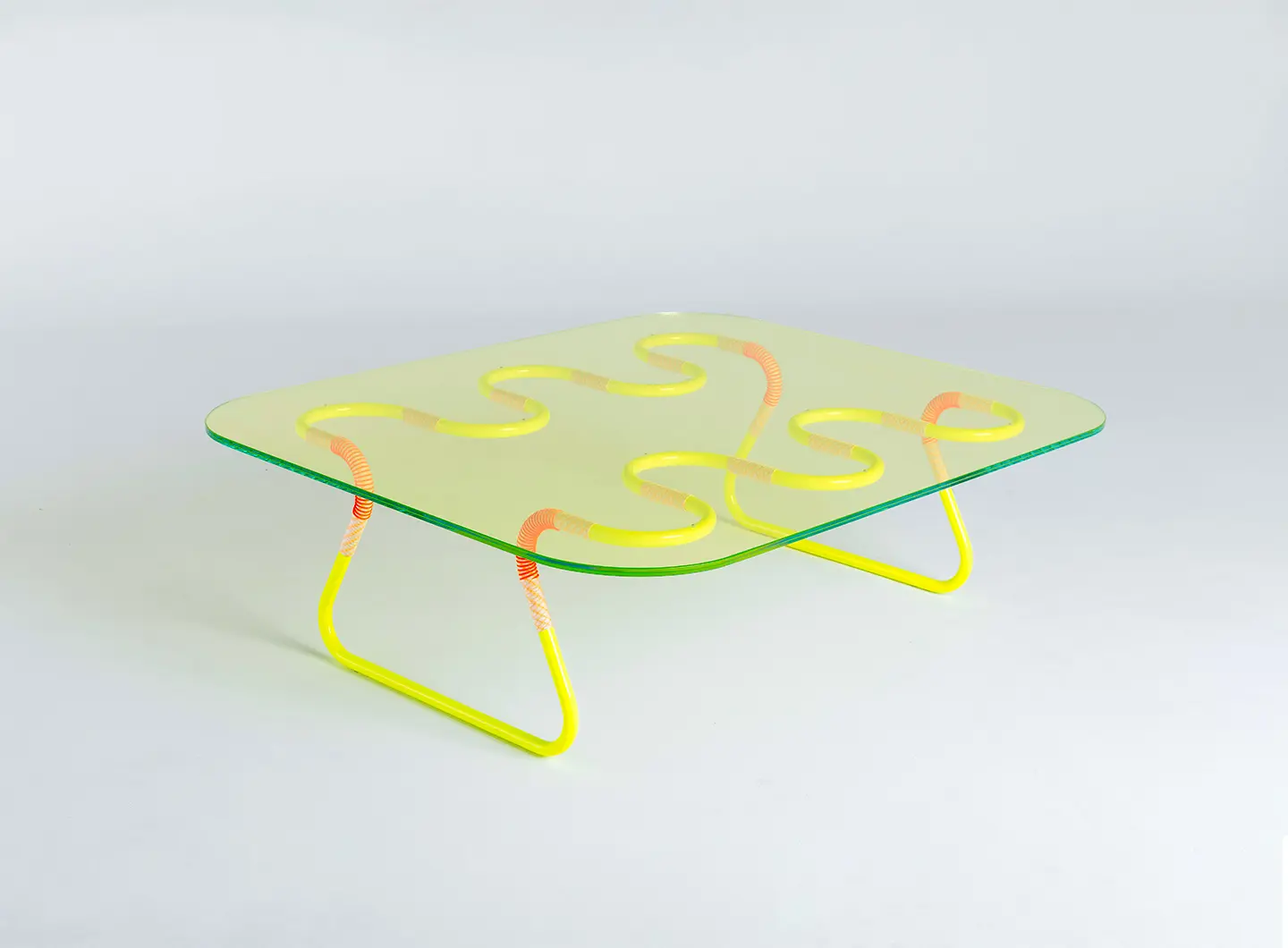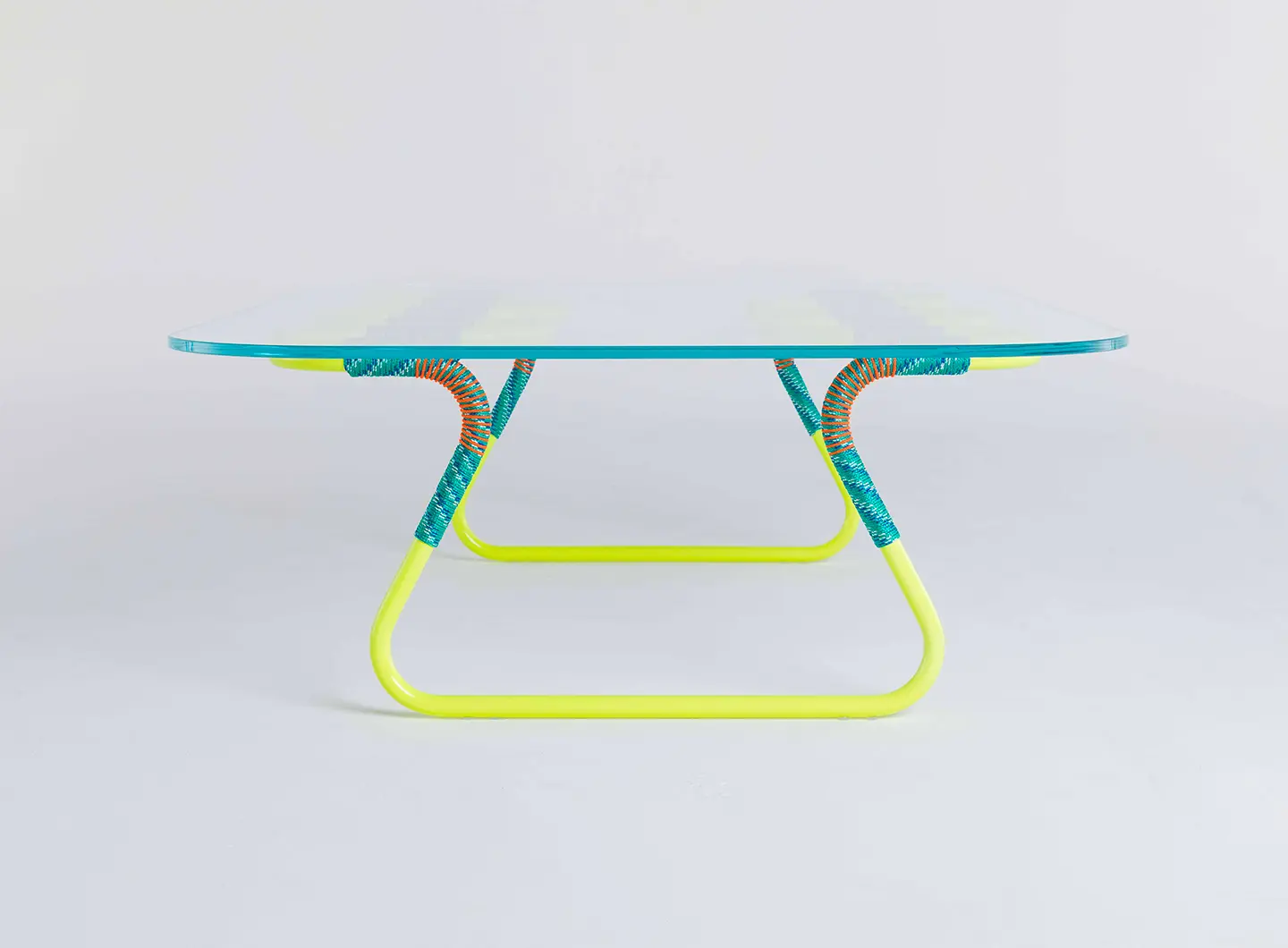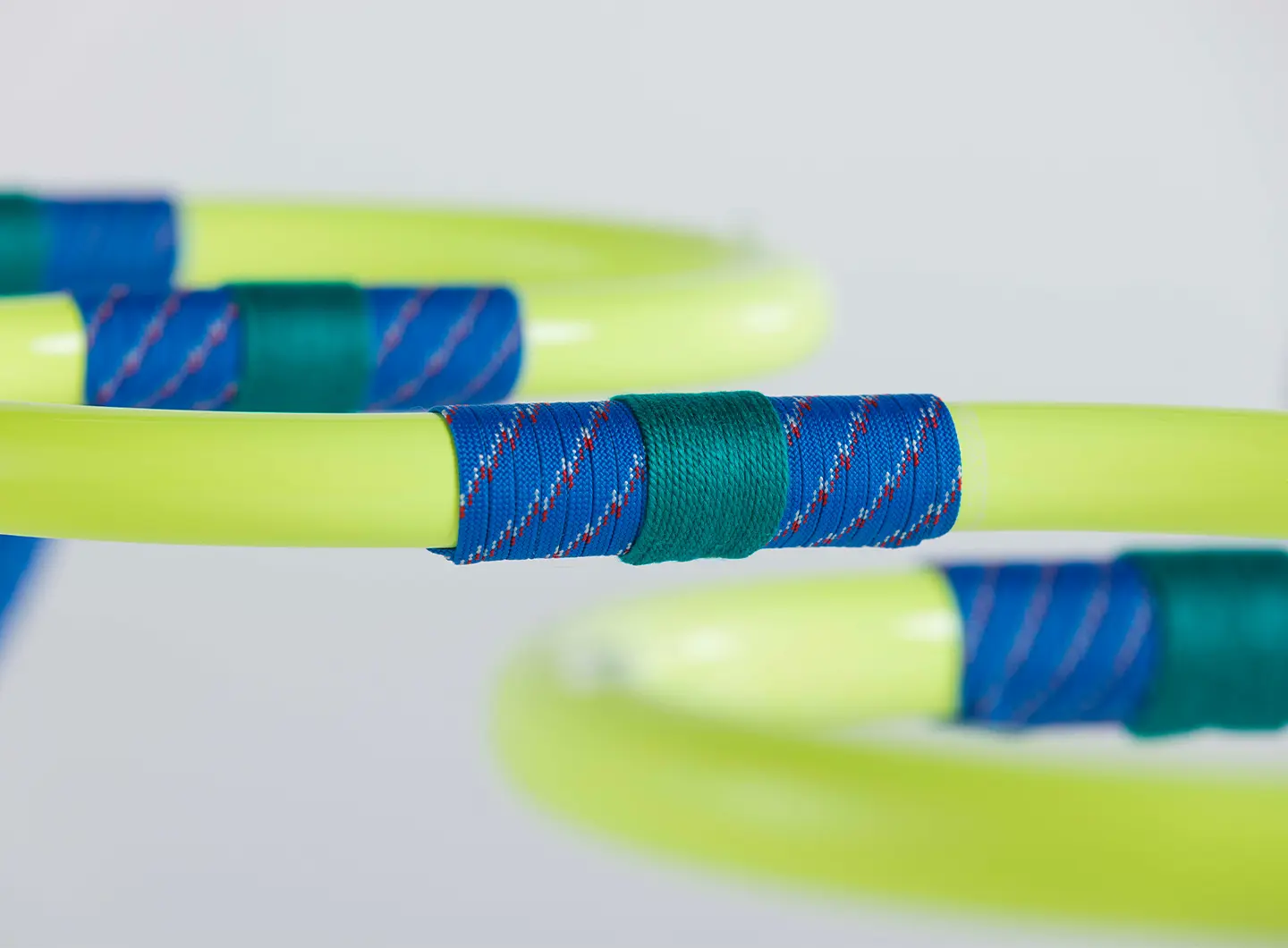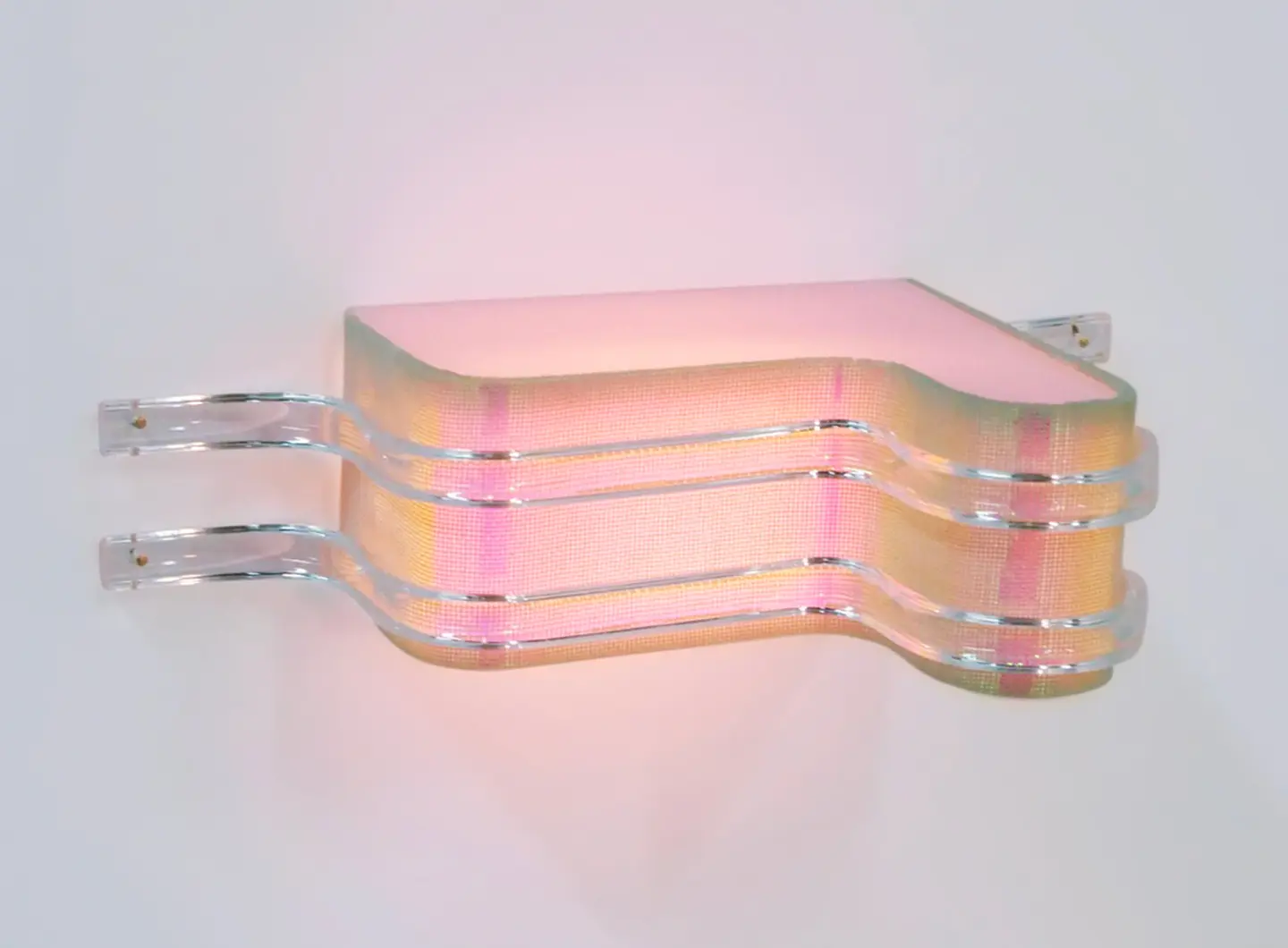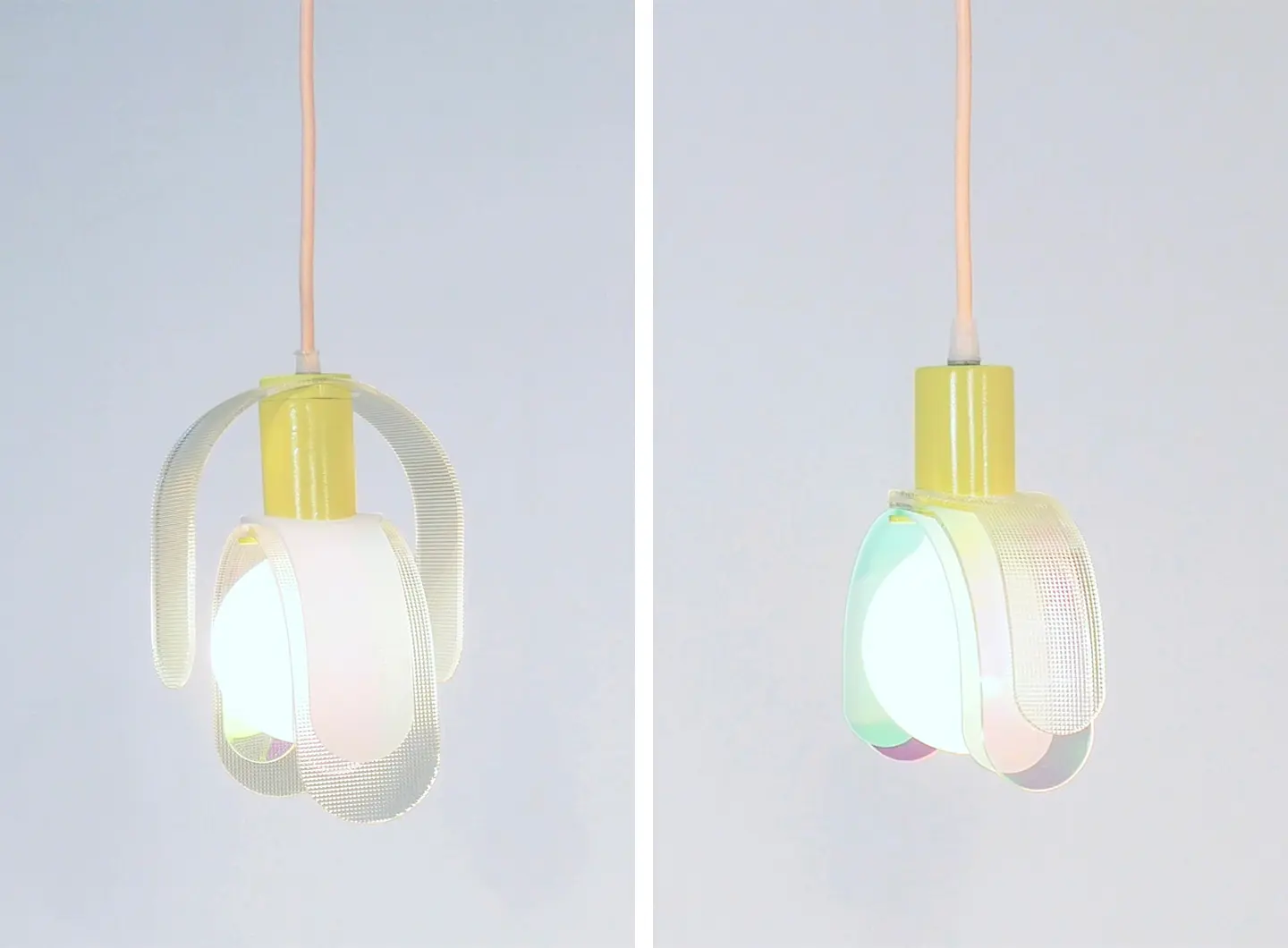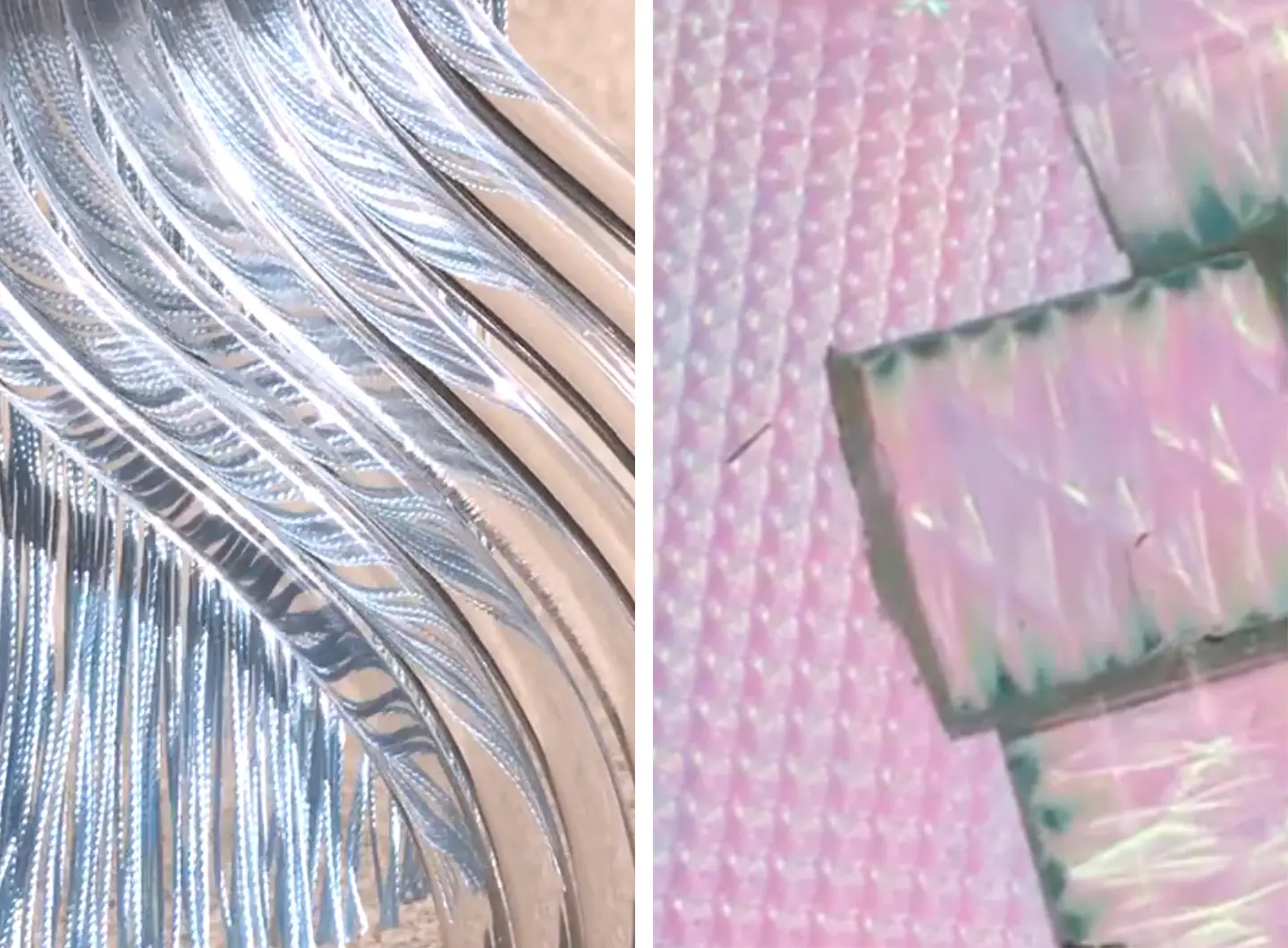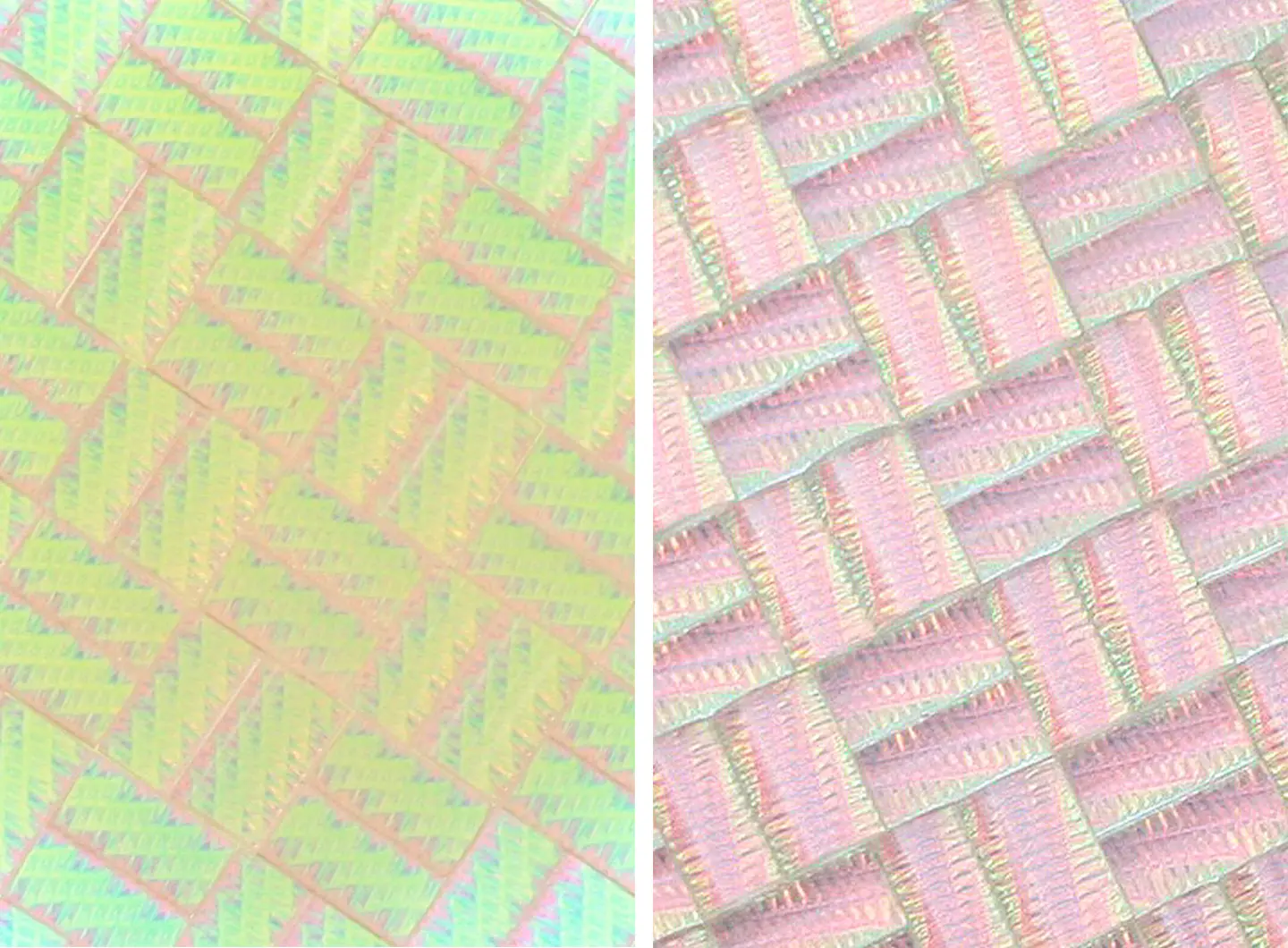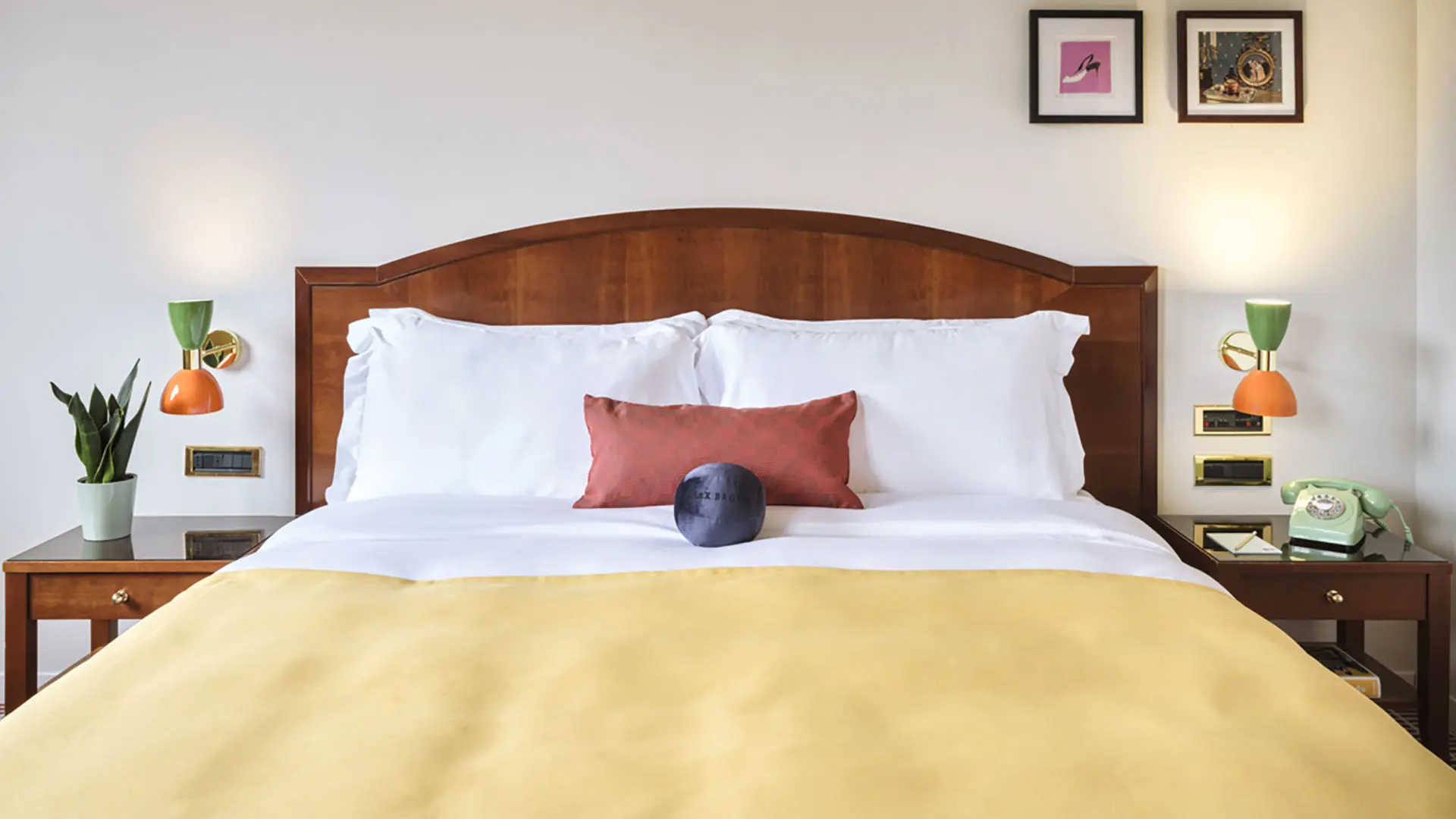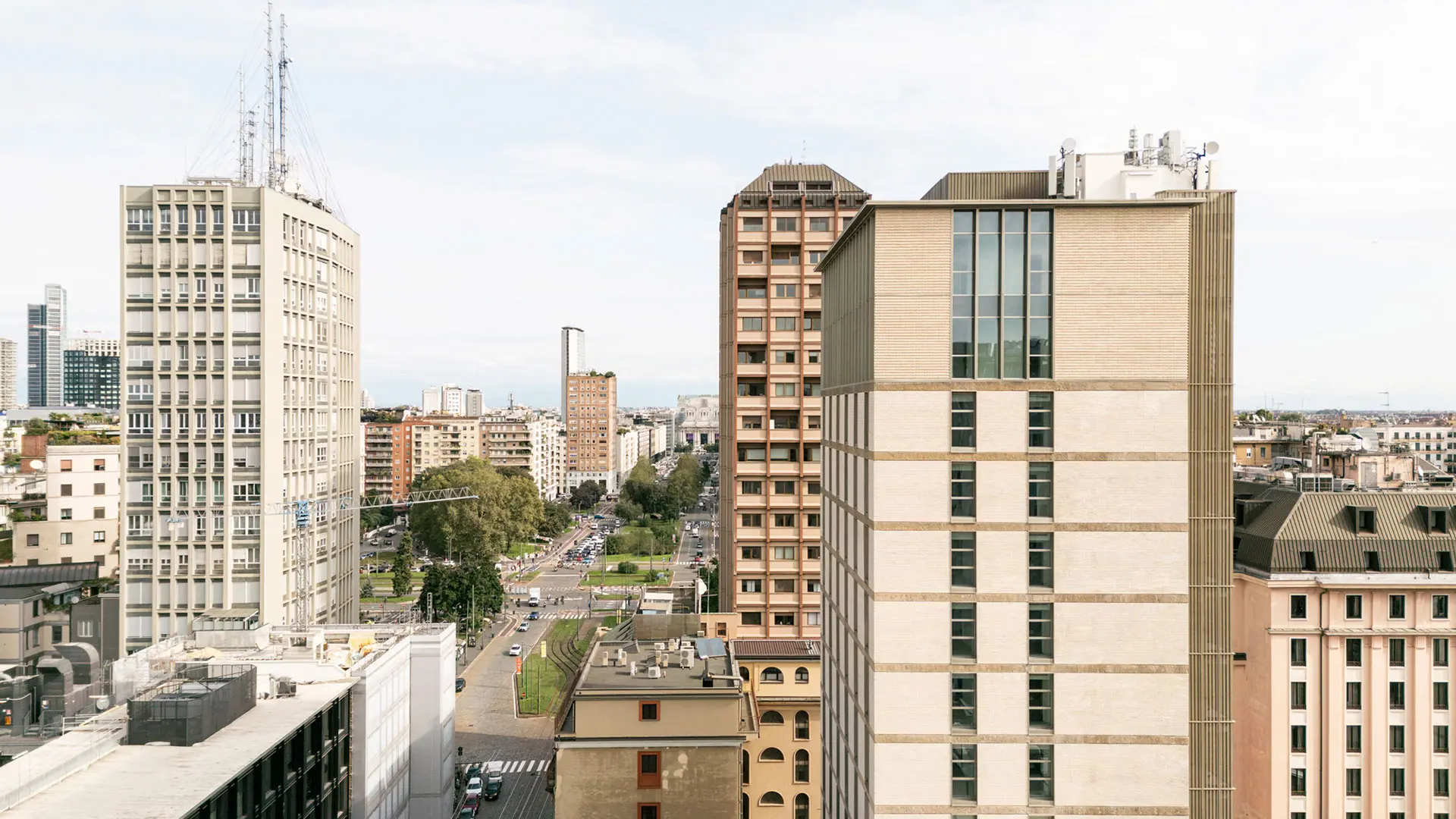In partnership with MiCodmc, a selection of establishments ripe for discovery during the 63rd edition of the Salone del Mobile.Milano, from 8th to 13th April
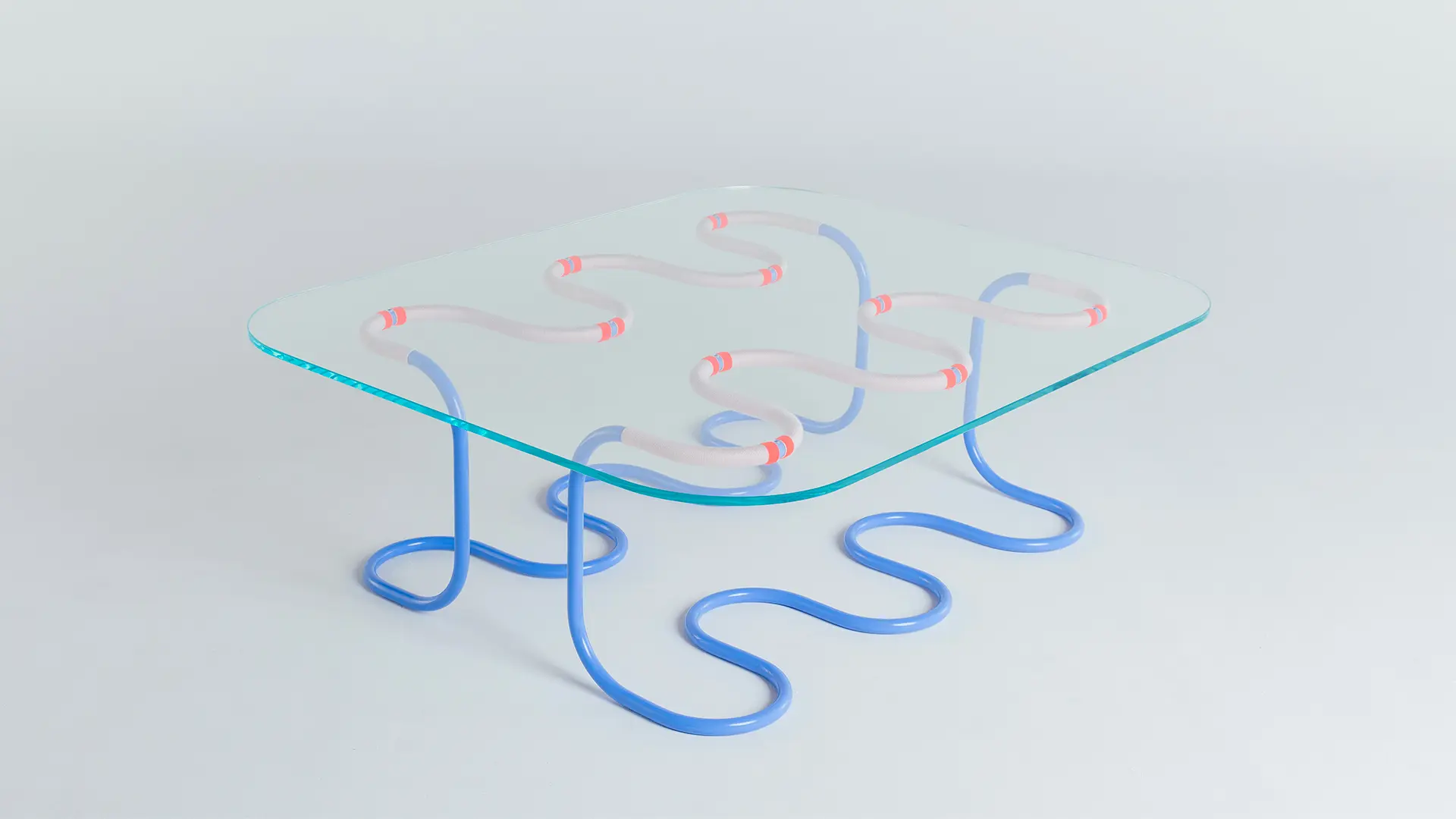
Cord Table
Laura Casañas Maya's weavings are a story of human redemption, intimate and cultured
There’s something a bit ingenuous yet also unpredictable about Laura Casanas Maya’s painstaking work, totally focused on the slow rhythm of her hands – hands that skilfully slip, interweave and knot kilometres of tiny synthetic and natural scraps. However, it’s not so much the vivid colour of the extraordinary contrasting bands that she tattoos along the iron tubes that’s so striking, but the history behind the storytelling.
“I began to be interested in drapery, fringes and cords after reading Adolf Loos’ 1908 book Ornament and Crime,” she says. “While on one hand it seemed impossible that textile craft could be seen as a crime, on the other I was fascinated by the feminist implications.” The Austrian architect and author of the historic treatise maintained that decoration should be regarded as an affectation and the sign of a lack of cultural preparation, to the extent that men who felt they should instruct women on how to use and wear ornamentation demonstrated that they regarded her as a sex slave. The warning was clear: on one hand they would have done better to concern themselves with their own clothing and, on the other, the women would have been capable of managing perfectly well on their own. It goes without saying, therefore, that the father of modern architecture preferred the sobriety of simple volumes to a “rich” type of architecture: “The evolution of culture is synonymous with the removal of ornamentation from objects of everyday use.” As for female emancipation, there’s still a long way to go.
Fascinated by this intellectual digression, while recognising that minimalism has its own elegance, the designer with a diploma from the Rhode Island School of Design in Providence (US) and a studio in Miami, was unwilling to comply with the mainstream. She then started turning to ornamentation to communicate her idea of design. “Design for me is the process through which I make my imagination tangible: it’s an opportunity to learn, evolve and challenge my own limits,” she said, weaving Loos into her own personal story. “I am Colombian, an expat born in Cali who emigrated to the United States when I was eight. My birth family is like many other South American ones – a mother and father who both worked, a ceramicist grandmother and lots of summer holidays spent in her workshop listening to her stories,” which brought her into contact with craftwork. “Nobody taught her how to do it, but her passion struck a chord with me, and I adored what she did. She taught me to pay attention to the detail,” which is also a starting point for her own creative process.
“For me too, shaping material is a way of connecting with the world. I’ve also worked with 3D printing and CNC milling in the past, but I feel a piece only starts coming alive when the process slows down and comes into contact with the body. With weaving it’s a different matter – it’s no longer a question of time but of rhythm – the techniques are more repetitive and the process is more meditative. Weaving helps me reflect and dream up new experiments,” so the creativity is all in the thread.
“I know almost all the nautical knots,” which are extremely useful in design, “even though no practical function has historically been attributed to this kind of decoration. My aim, though, is to challenge the hierarchical structure of design, to subvert it in order to come up with new aesthetics,” in furnishings and in interiors. “For the Passementerie series, which I’ll be exhibiting at the Greenhouse at the Stockholm Furniture Fair, I’m using steel and synthetic and natural lanyard coatings,” while her lighting is altogether more complex. The Refraction lamp collection, a sandwich of acrylic, fabric and adhesive film, derives from a reflection on refraction: “The effect I produce with my lamps is reminiscent of that of river water: as it flows, the image of the bottom is hidden by the ripples. A distortion that I turn into an impalpable decoration of lights and shades.” Another example of decoration, “impalpable in this case,” says Laura. Like her story, a world of ingenuous and unpredictable interweavings.


 Stories
Stories
